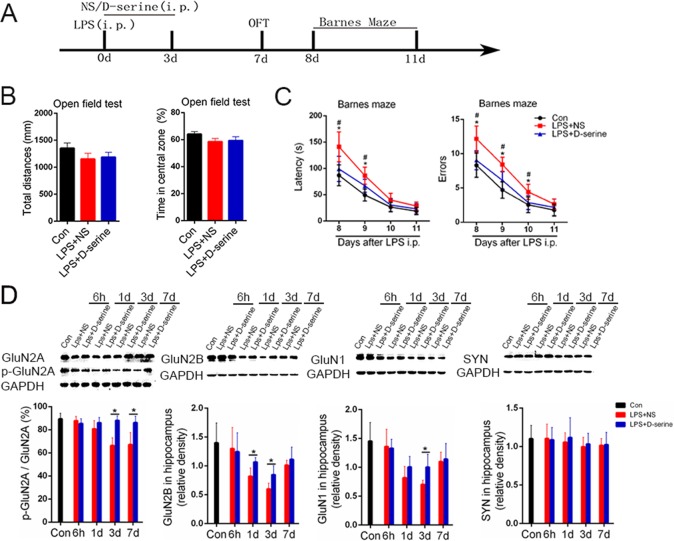Fig 2. Activation of NMDA receptors with D-serine obviously improved the brain dysfunction and limited NMDA receptor loss in the surviving LPS-treated mice.
(A) The schedule for drug administration and different behavioral tests. (B) The open field test results of the surviving sepsis mice. There was no significance between the time spent in exploring the central area and the total locomotor distances among the three groups (n = 12/group). (C) The Barnes Maze test results of the surviving sepsis mice. Data are expressed as the mean ± S.E.M.*P<0.05 LPS+NS vs. control; #P<0.05 LPS+NS vs. LPS+D-serine (n = 12/group). (D) Western blot analysis of NMDA receptor subunits (GluN2A, GluN2B, and GluN1) and synaptophysin in the hippocampus of surviving sepsis mice treated with normal saline or D-serine. Data are expressed as the mean ±S.D.*P<0.05 LPS+NS vs. LPS+D-serine for the given time point (n = 5 per time point per group).

